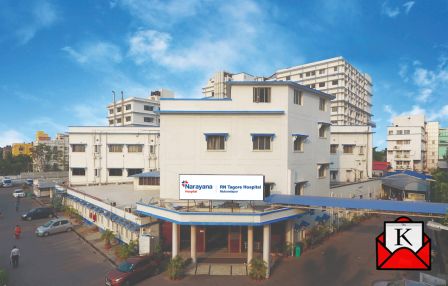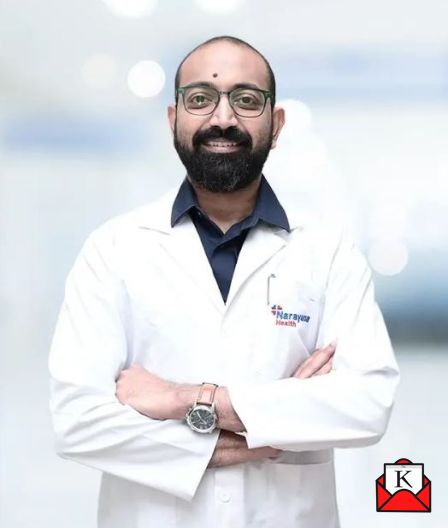Unusual Symptoms Of Strokes In Young Individuals


In his 40s, Mr. Ramesh Dutt (real name altered) was an energetic and regular man with sporadic drinking and smoking habits. But a few days ago, he started feeling unwell and was sent to a nearby hospital due to symptoms like a strong headache, nausea, restlessness, and difficulty walking. The local hospital’s first CT scan revealed no anomalies, raising the possibility of a mental health problem. His family decided to seek additional medical attention at Narayana Hospital RN Tagore Hospital, Mukundapur, as his condition worsened despite treatment.
Experts at RN Tagore Hospital draw attention to this instance to raise awareness of this grave health issue and to caution against the odd signs of stroke, which are especially common in younger people. The patient had seizures upon admission, so they transported him to the intensive care unit and put him on a ventilator. A second CT scan identified a large cerebral hemorrhage resulting from a burst blood artery in his brain. An aneurysm is a dangerous balloon-like bulge in a blood vessel. Dr. Kaushik Sundar, Consultant in Interventional Neurology, and Dr. Gobinda Pramanick, Consultant in Interventional and Diagnostic Neuroradiology, along with their team, performed a sophisticated brain angiography surgery.
In addition to caring for stroke victims, Narayana Hospital RN Tagore Hospital has taken on the duty of educating the public about uncommon stroke symptoms that are frequently disregarded or incorrectly identified in younger people.
Experts stress that the patient’s subsequent release and the procedure’s effectiveness underscore the urgent need for prompt and precise detection of stroke symptoms in younger people.
Common symptoms of stroke include:
· Sudden numbness or weakness in the face, arm, or leg, especially on one side of the body.
· Sudden confusion, trouble speaking, or difficulty understanding speech.
· Sudden trouble seeing in one or both eyes.
· Sudden trouble walking, dizziness, loss of balance, or lack of coordination.
· Sudden severe headache with no known cause.
In the instance of Mr. Ramesh, the patient’s relatives were made aware of the gravity of the ailment and gave their approval to the course of therapy. For the following three to five years, the aneurysm will be continuously watched to make sure it stays stable and to give hope for a full recovery.
Priyanka Dutta
